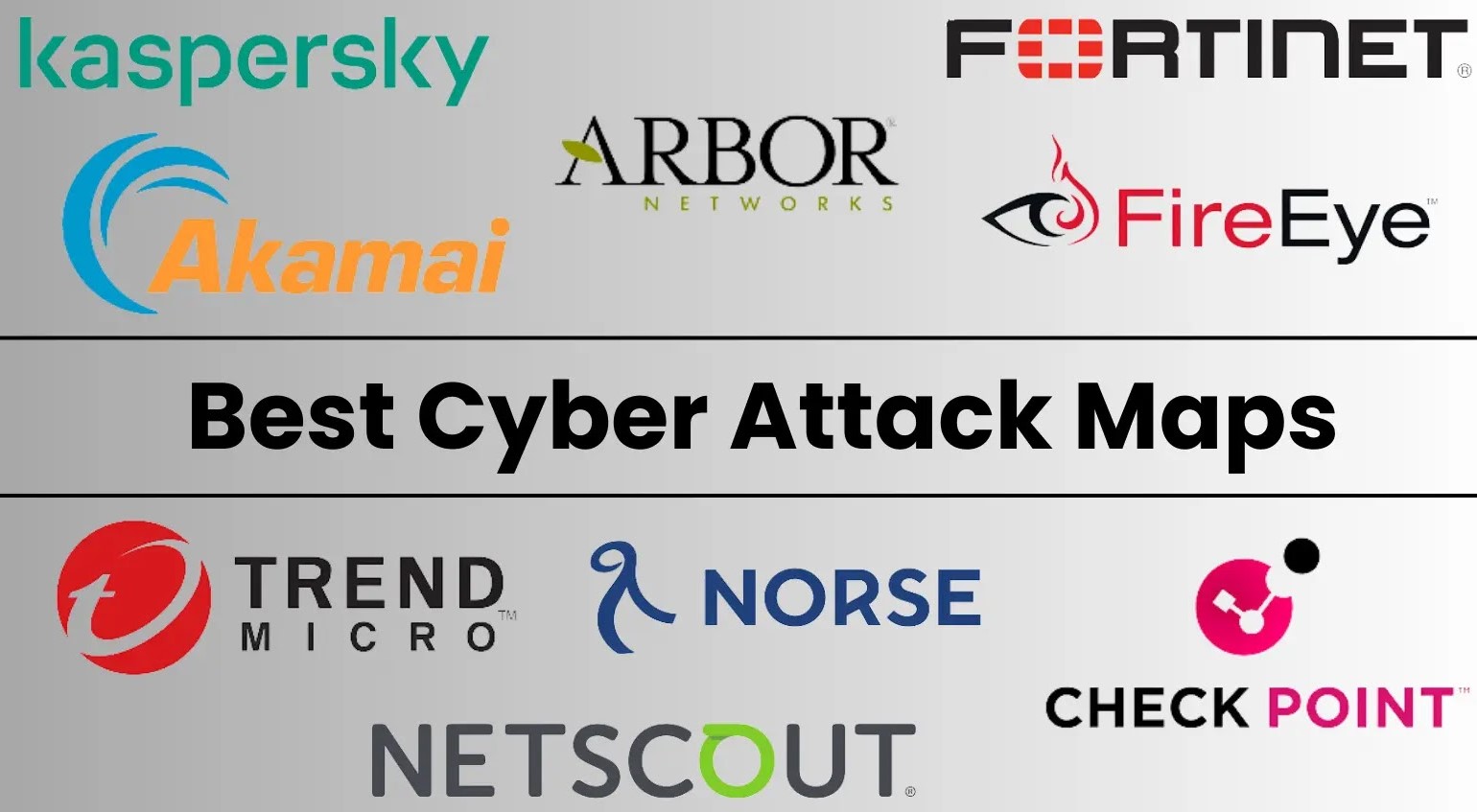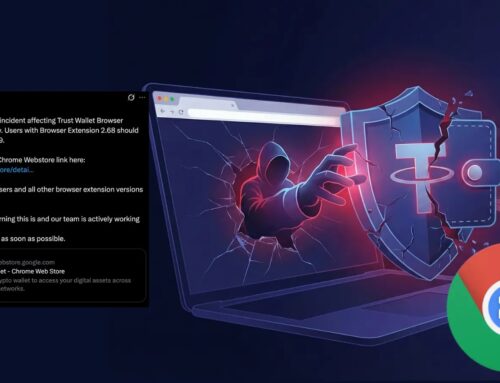
Top 10 Cyber Attack Maps to See Digital Threats In 2025
Navigating the Digital Battlefield: Understanding Cyber Attack Maps in 2025
The digital threat landscape in 2025 is more dynamic and complex than ever. Cyber attacks are escalating in frequency, sophistication, and impact, targeting businesses, governments, and individuals worldwide. Real-time visibility into these threats is essential for proactive defense, strategic planning, and rapid incident response. Cyber attack maps have become indispensable tools for cybersecurity professionals, offering a crucial visual representation of global cyber warfare.
As a cybersecurity analyst, gaining foresight into emerging threats and understanding the geographical distribution of malicious activities is paramount. These maps provide a powerful, macroscopic view, enabling organizations to anticipate attacks, allocate resources effectively, and refine their defensive postures. This article delves into the top cyber attack maps that provide critical insights into the digital threats surfacing in 2025.
The Imperative of Real-Time Threat Intelligence
In an environment where a single breach can have devastating financial and reputational consequences, relying on historical data alone is insufficient. Real-time threat intelligence offers an immediate pulse on ongoing cyber campaigns, novel attack vectors, and evolving malware strains. Cyber attack maps aggregate vast amounts of data from honeypots, sensors, and threat intelligence feeds, translating complex information into an easily digestible visual format.
Understanding the global ebb and flow of cyber incidents, such as large-scale DDoS attacks linked to political tensions or significant ransomware outbreaks (e.g., those exploiting vulnerabilities like CVE-2024-XXXXX, a hypothetical future vulnerability), allows security teams to prioritize mitigations and deploy countermeasures with greater agility. This proactive stance significantly reduces exposure and improves incident response times.
How Cyber Attack Maps Function
Cyber attack maps operate by collecting and processing massive datasets related to malicious network activity. This data typically includes:
- Attack Source and Target IPs: Identifying where attacks originate and where they are directed.
- Attack Type: Categorizing attacks, whether they are brute-force attempts, malware propagation, phishing campaigns, or denial-of-service barrages.
- Attack Volume: Quantifying the sheer scale of malicious traffic flowing between regions.
- Geolocation Data: Pinpointing the geographical location of attackers and victims.
This information is then visualized on a world map, often with dynamic lines or pulsating lights indicating the flow and intensity of attacks. Some maps also incorporate threat intelligence overlays, showing known bad IP addresses, command and control (C2) servers, or specific malware distributions.
Top Cyber Attack Maps for 2025
While specific rankings can shift, here are types of cyber attack maps that continue to be invaluable resources for cybersecurity professionals in 2025, offering distinct perspectives on the threat landscape:
- Norse Corp Live Threat Map (or similar commercial offerings): Known for their visually striking and detailed real-time visualizations of global cyber attacks. These often highlight attack type, origin, and destination.
- Kaspersky Cyberthreat Map: Provides a rich, interactive experience, displaying various types of cyber threats in real-time, including web attacks, local infections, and email-borne threats.
- Fortinet Threat Map: Offers a consolidated view of global threat intelligence, showcasing botnet activity, exploit attempts, and other malicious traffic detected by Fortinet’s extensive network of sensors.
- Check Point Live Cyber Attack Map: Visualizes cyber attacks detected by Check Point’s intelligence feeds, focusing on malware and specific attack types.
- Anonimous ‘s Attacks (OpCyber): While not strictly a corporate map, groups often maintain public dashboards that track large-scale, politically motivated cyber operations.
- Akamai Real-Time Web Monitor: Focuses on web application attacks and DDoS activity, providing insights into the evolving landscape of attacks targeting online services.
- Threatbutt’s Cyber Threat Map: A more humorous but still informative map, often showing real-time exploits and malicious traffic with a unique flair.
- FireEye Cyber Threat Map: Though sometimes requiring proprietary access, FireEye’s (now Mandiant, part of Google Cloud) threat intelligence maps offer deep insights into advanced persistent threats (APTs) and nation-state activities.
- Deteque Attack Map: Provides real-time insights into various attack categories, including port scans, brute-force attacks, and malware.
- Team Cymru Live Global Attack Map: Leverages a vast sensor network to illustrate routing anomalies and BGP hijacking attempts, which can indicate precursors to larger cyber campaigns.
Strategic Applications for Security Analysts
For cybersecurity analysts, leveraging these maps goes beyond passive observation. They serve as critical tools for:
- Situational Awareness: Gaining a high-level understanding of current global cyber events.
- Threat Anticipation: Identifying trends and potential attack focuses based on geographical shifts or heightened activity in specific regions. For example, a surge in attacks originating from a particular country might signal an impending campaign targeting its adversaries.
- Vulnerability Prioritization: Understanding which vulnerabilities are actively being exploited globally (e.g., a widespread exploitation of CVE-2023-38831 across different regions might necessitate immediate patching).
- Incident Response Enhancement: Providing context during an active incident, helping to determine if an attack is isolated or part of a larger, coordinated campaign.
- Security Posture Improvement: Informing strategic decisions regarding network segmentation, firewall rules, and geo-blocking policies based on observed attack patterns.
Remediation Actions and Proactive Defense
While cyber attack maps primarily provide visibility, the insights gained directly inform proactive defense and remediation efforts. When observing trends or specific highlighted attacks, security teams should consider the following:
- Patch Management: Prioritize patching for vulnerabilities actively exploited in the wild, especially those highlighted by real-time intelligence (e.g., addressing critical flaws like CVE-2024-YYYYY, a hypothetical future high-impact vulnerability, if observed in widespread attacks).
- Threat Intelligence Integration: Integrate intelligence from these maps into SIEM and SOAR platforms for automated alerting and response.
- Network Segmentation: Implement robust network segmentation to contain potential breaches and limit lateral movement if an attack penetrates perimeter defenses.
- Endpoint Detection and Response (EDR): Deploy and optimize EDR solutions to detect and respond to advanced threats at the endpoint level.
- Security Awareness Training: Continuously educate employees on phishing, social engineering, and safe computing practices, as human error remains a primary attack vector.
- Incident Response Planning: Regularly review and update incident response plans to ensure readiness for various attack scenarios.
Conclusion
The digital threat landscape in 2025 demands a proactive and informed approach. Cyber attack maps serve as essential tools for cybersecurity professionals, providing unparalleled real-time visibility into the dynamic world of digital warfare. By leveraging these visual intelligence platforms, organizations can gain critical situational awareness, anticipate emerging threats, and strengthen their defensive strategies. Integrating insights from these maps into daily security operations is no longer an option but a necessity for robust cyber resilience in the face of escalating global threats.





